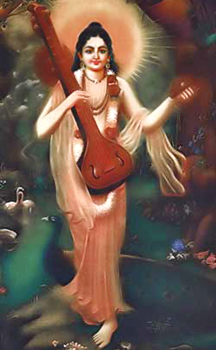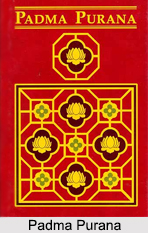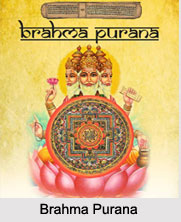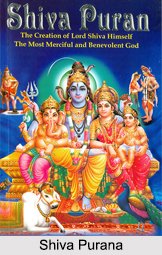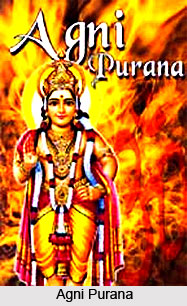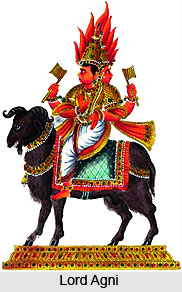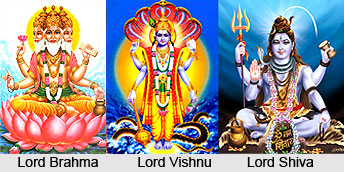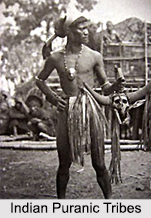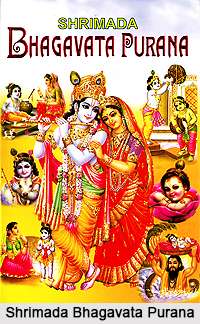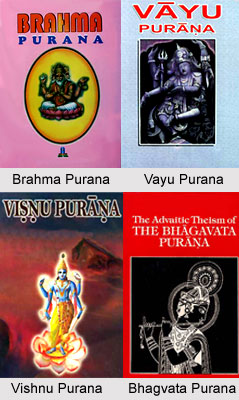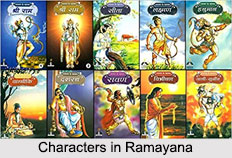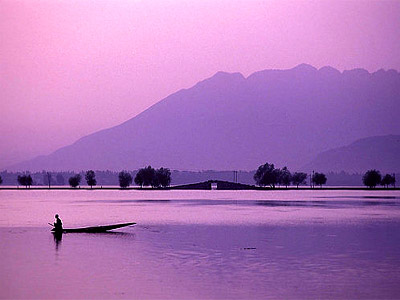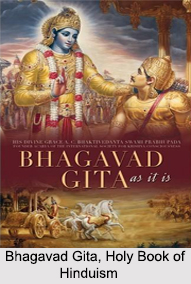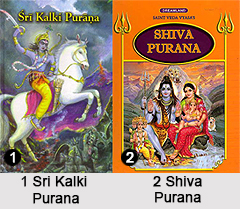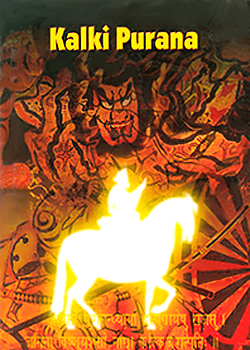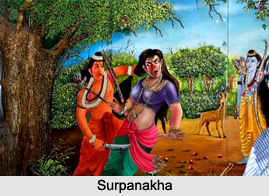In the epic Ramayana it is mentioned that Lava is one of the twin sons of Lord Rama and Sita. The twin brother of Lava is Kusha. Lava was the king of Sriwasti, in northern Kosala. He was trained up by his mother Sita in the hermitage of Valmiki. Lava appears to have become a strong muscular man and also acquired great skill in archery. According to legend, he was the founder of the city of Lahore, which is named after him.
There is a legendary story relating to the birth of Lava. Sita, wife of Lord Rama was banished from the kingdom of Ayodhya. She took shelter in the hermitage of Rishi Valmiki, the great sage. The ashram was located in a forest on the banks of the River Tamsa. Lava and Kusha were born in this hermitage. They were educated and trained in military skills under the guidance of sage Valmiki. They became great archers.
When Lord Rama executed the Ashvamedha Yajna, the horse sent by Rama went into the forest where the hermitage of Valmiki was situated. Both Lava and Kusha were very angry and this brought them into conflict with their own father, Rama. They were ignorant of the fact that Rama was their father. They imprisoned the horse and refused to release it, instead engaging him in a brief conflict. Later Rama found out their identity and took them back to Ayodhya.
Both the twin brothers Lava and Kusha grew up into great rulers like Lord Rama and founded the cities of Lahore and Kasur respectively. The inhabitants of Lahore or Lohana tribe, of the Kshatriya caste are the progeny of Lava. The Lohanas worships Lava and Rama in high esteem.


